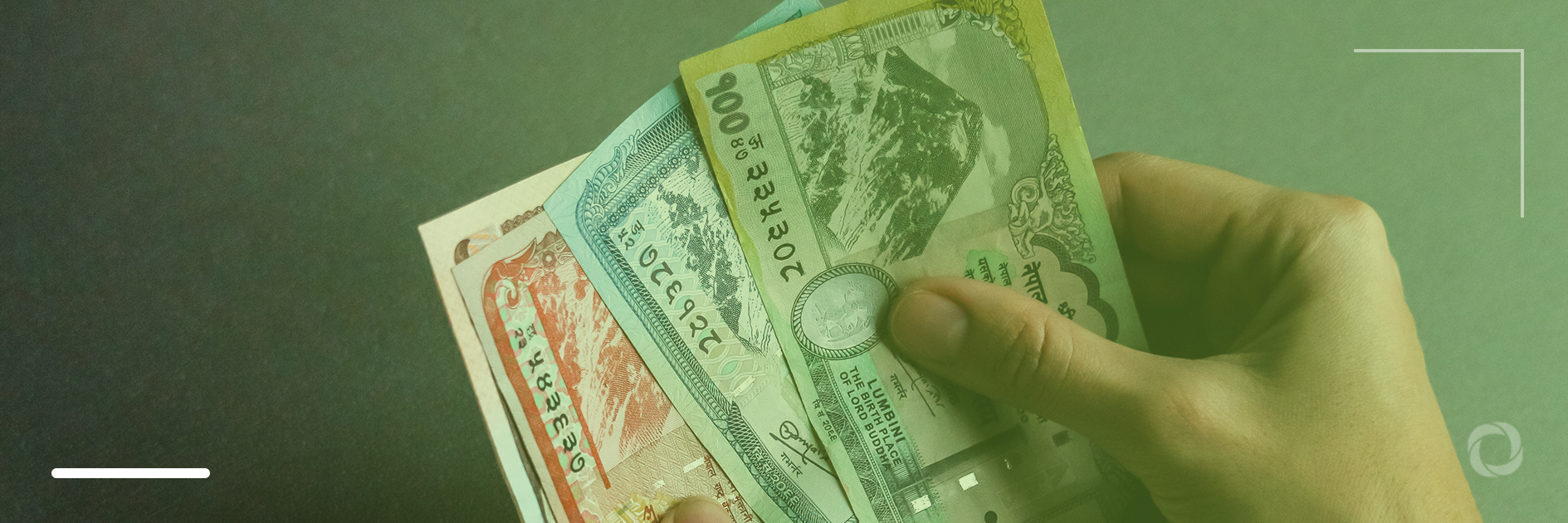A survey titled Foreign Direct Investment in Nepal conducted by the Nepal Rastra Bank (NRB), the Central Bank of Nepal shows foreign direct investment (FDI) to Nepal had decreased by 8.8% to approximately US$1.523 billion by the end of the last fiscal year (FY).
The NRB report released on April 22 aimed to calculate the stock of FDI in Nepal at the end of FY 2018/19 and presents this information broken down into three major components, i.e., paid-up capital, reserves, and direct loans from foreign direct investors.
- As per the survey, out of the total FDI, the share of paid-up capital is 48.2%, reserves 42.8%, and loans 9 %
- Nepal had received foreign investment from 53 various economies as of mid-July 2019
- In terms of total FDI stock, India ranks in top position with US$466.96 million followed by China, Saint Kitts, and Nevis, Ireland, and Singapore with approximately US$229.61 million, US$207.78 million, US$96.55 million, and US$72.73 million respectively
- The service sector accounts for 51.1% of total FDI stock including 27.4% for financial intermediation and 14.5% for the communication sector
- The industrial sector accounts for 48.8% of the total FDI stock including 28.6% for the manufacturing, mining, and quarrying industry and 20.0% for the electricity, gas, and water sector
- Nepal’s foreign liability as of mid-July 2019 stood at US$7.425 billion whereas the net international investment position, although remaining positive, declined from US$2.350 billion to US$1.573 billion as of mid-July 2019
- India ranked in top position in terms of paid-up capital with US$201.61 million followed by China, South Korea, and Singapore with US$184. 20 million, US$47.07 million, and US$43.65 million respectively
- India’s investment predominantly ranges from manufacturing, banks, and financial institutions to the hydropower sector accounting for 86.7% of India’s FDI stock
- Similarly, China’s investment is focused on the cement industry and hydropower projects which account for about 97.7% of its FDI stock
- The NRB survey also notes that the United Nations Conference on Trade and Development (UNCTAD)’s World Investment Report 2020 confirms that FDI flows remained at US$1.54 trillion in 2019
- According to UNCTAD, FDI inflows to developed economies increased by 5.1% in 2019 to US$800.24 billion from US$761.39 billion in 2018 whereas inflows to developing economies decreased by 2.1%
Highlighting that the decline in FDI poses significant challenges for many developing countries and that FDI has become one of the major sources of external financing, Dr. Prakash Kumar Shrestha, Executive Director at the NRB’s Economic Research Department said, “In Nepal, FDI inflows declined in the second half of 2020. With the subsequent rollout of vaccination program, this has raised the hope of an eventual end to COVID-19 anticipating that economies will move towards the path of recovery.”
In this context, Nepal continues to liberalize and promote foreign investment inflows and remains receptive towards FDI. The survey examines the current status of FDI across sectors and underscores that FDI has been a key source of financing for sectors such as telecommunication, energy, and finance, he added.
It is significant that Nepal’s FDI Policy 2015 and Foreign Investment and Transfer of Technology Act, 2019 (FITTA) endorses the Government of Nepal’s commitments to attract foreign investment to achieve sustainable economic growth.
Investments identified as FDI under the FITTA, 2019 include share investment in foreign currency, the re-investment of dividends from prior investments, the investment made by acquiring shares or assets of a company incorporated in Nepal and lease investment in aircraft, ships, machinery and equipment, construction apparatus or similar equipment.
Investments made in the form of loans, through technology transfer, by establishing venture capital funds, by establishing and expanding branches, and issuing securities on foreign capital markets by a Nepalese entity are among other areas identified as a foreign investment as per the FITTA.

